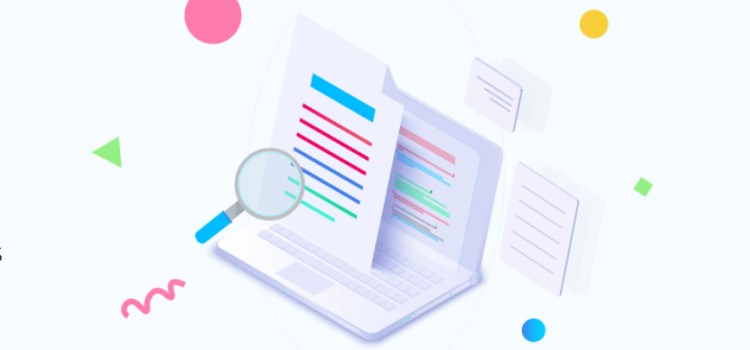
A Comprehensive Guide to Artificial Content and How to Detect It:
We realise you’re looking for high-quality content that can propel your website to the top of Google’s search results. As an experienced SEO and copywriter, I’ve created a thorough approach that should help you achieve your goal. We shall cover the definition, usage, advantages, and downsides of synthetic content in this article.
What Precisely does the Phrase “Artificial Content” mean?
The phrase “artificial content” refers to materials developed with the assistance of artificial intelligence (AI) techniques and technology. This category includes articles, social media posts, videos, images, and even music. You may save time and money by using created content without compromising quality or appeal for your audience.
Artificial Content Applications
The usage of synthetic content is widespread across numerous industries and professions. In the e-commerce industry, for example, artificial content may be used to produce product descriptions, reviews, and recommendations. It might be used to make brochures and videos that educate people about healthcare. It has several potential applications in the finance sector, including the generation of reports, analyses, and projections.
The Benefits of Artificial Content
As previously said, one of the key advantages of producing content is that it may assist save both time and money. As a consequence, you’ll be able to produce more content in less time and with less work. Since artificial content is based on data and algorithms rather than human interpretation, it may improve the uniformity and correctness of your work. As a consequence, you may be able to give your viewers higher-quality and more interesting stuff.
Disadvantages of Artificial Content
There are several advantages to using artificial content, but there are certain disadvantages to be aware of. There is a risk that computer-generated material will lack the authenticity and warmth of man-made pieces. If your audience suspects you aren’t being real, they may lose faith in your brand. Since it is based on data and algorithms, artificial content may be inaccurate or biased.
Techniques for Identifying AI-Generated Content
While AI-generated content may vary in complexity and even pass for human-generated, detecting it can be tough.
Yet, here are some hints that the content was developed by artificial intelligence:
Recurrent patterns: AI-generated content may include patterns or terms that a human writer would not use.
Unnatural Language:
Artificial intelligence-generated content may have awkward or improper language and unsuitable words.
Background Information is Lacking:
AI-generated content likely lacks the context and depth that a human writer would typically provide, leaving the reader with a feeling of detachment or incompleteness.
Weak Voice Consistency:
The voice and tone of AI-generated content may be inconsistent, with abrupt changes in style or perspective.
Using too Formal Language:
Artificial intelligence (AI) generated content may lack the human-like flaws and quirks that appeal to one another.
Recall that these indicators do not give conclusive proof that a piece of text was authored by AI since human writers may exhibit some of these characteristics as well. Yet, they may act as signs that aid in the identification of computer-generated text. I suggest trying this ai detector tool to check if the content is ai written or human-written.
Conclusion:
Finally, AI may be a great resource for creating high-quality, engaging content. But, before incorporating it into your content strategy, you must weigh the advantages and disadvantages. You can make an educated choice about whether or not to employ false content for your business if you are knowledgeable about its applications, advantages, and downsides.










